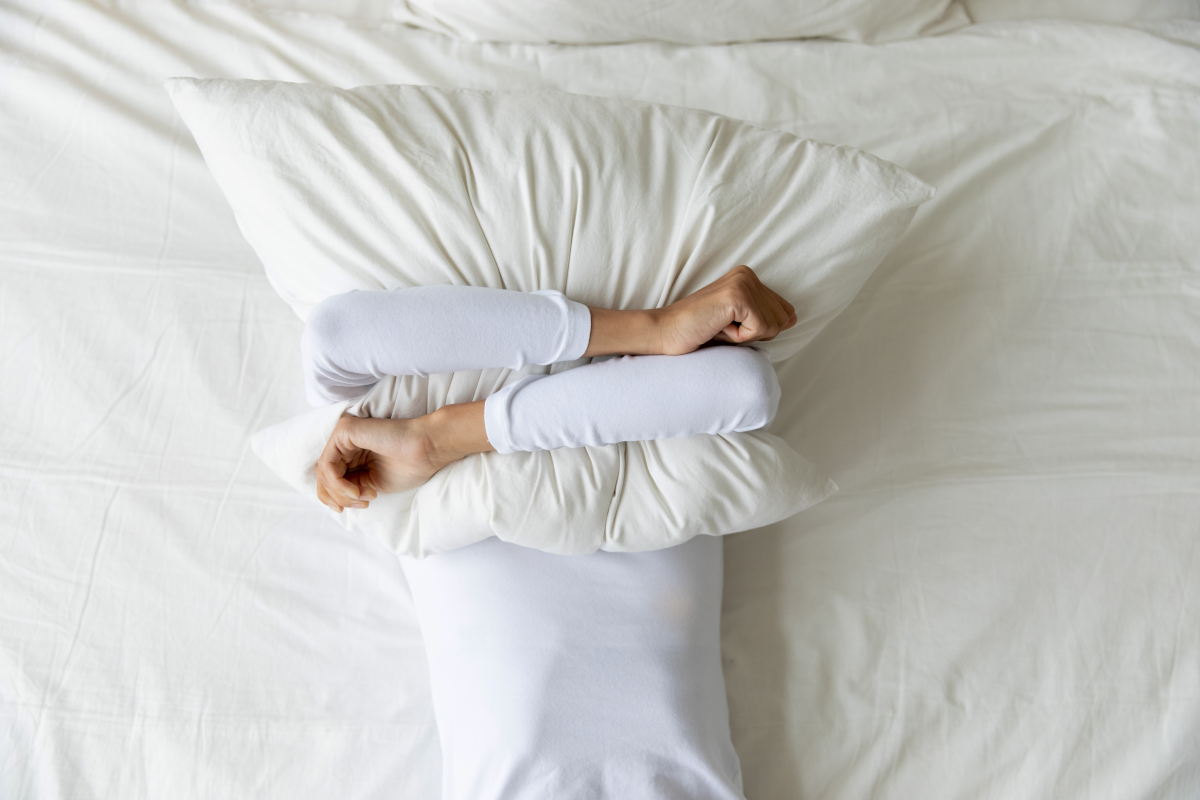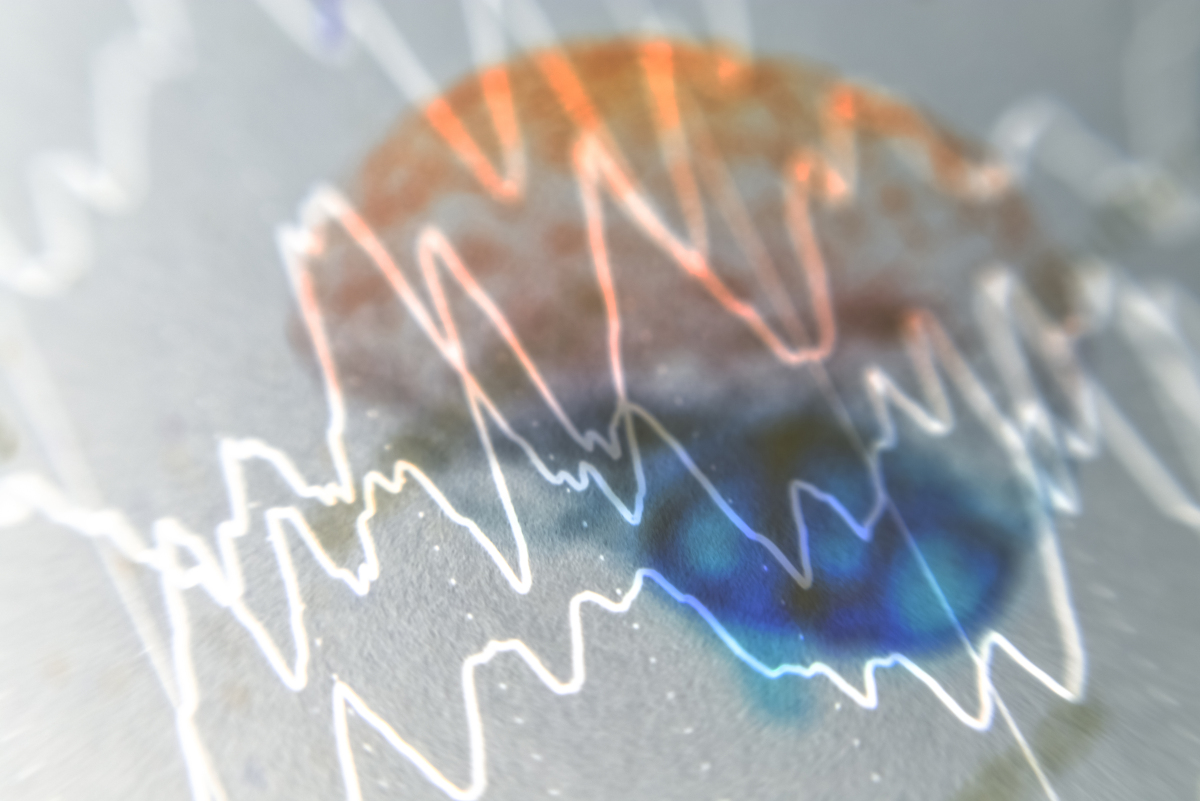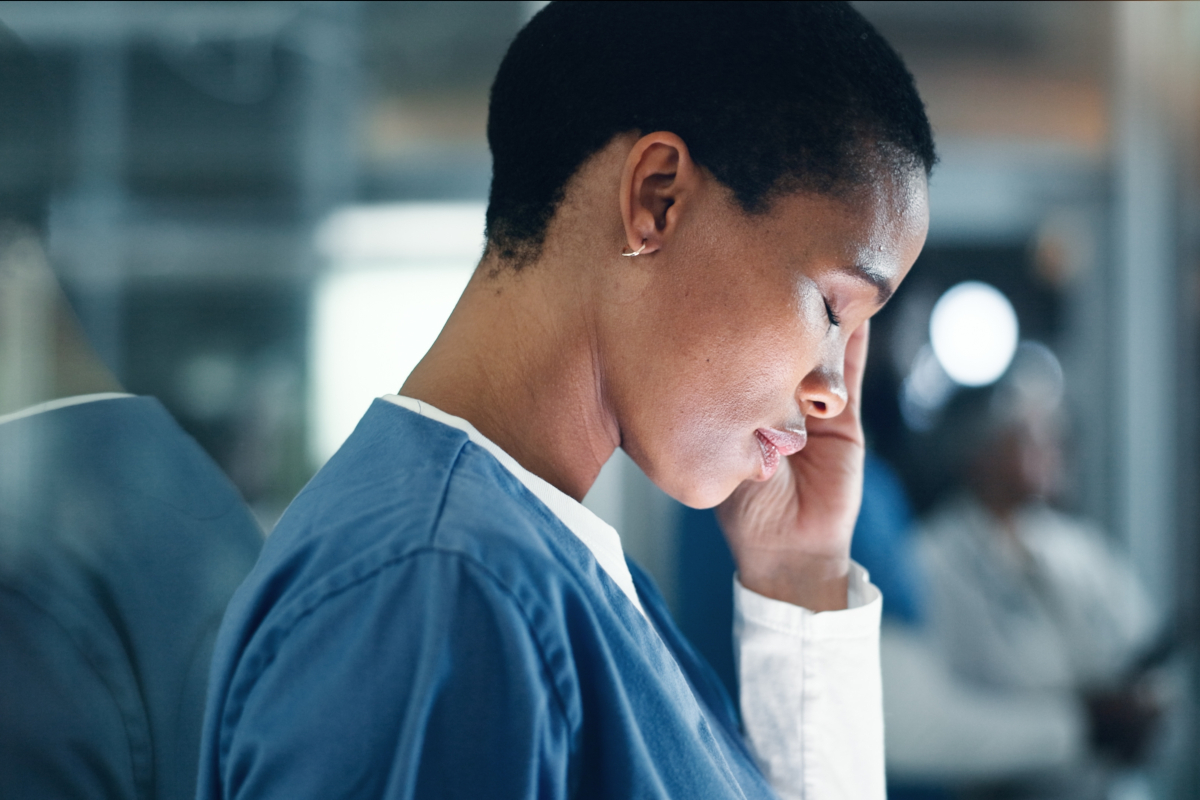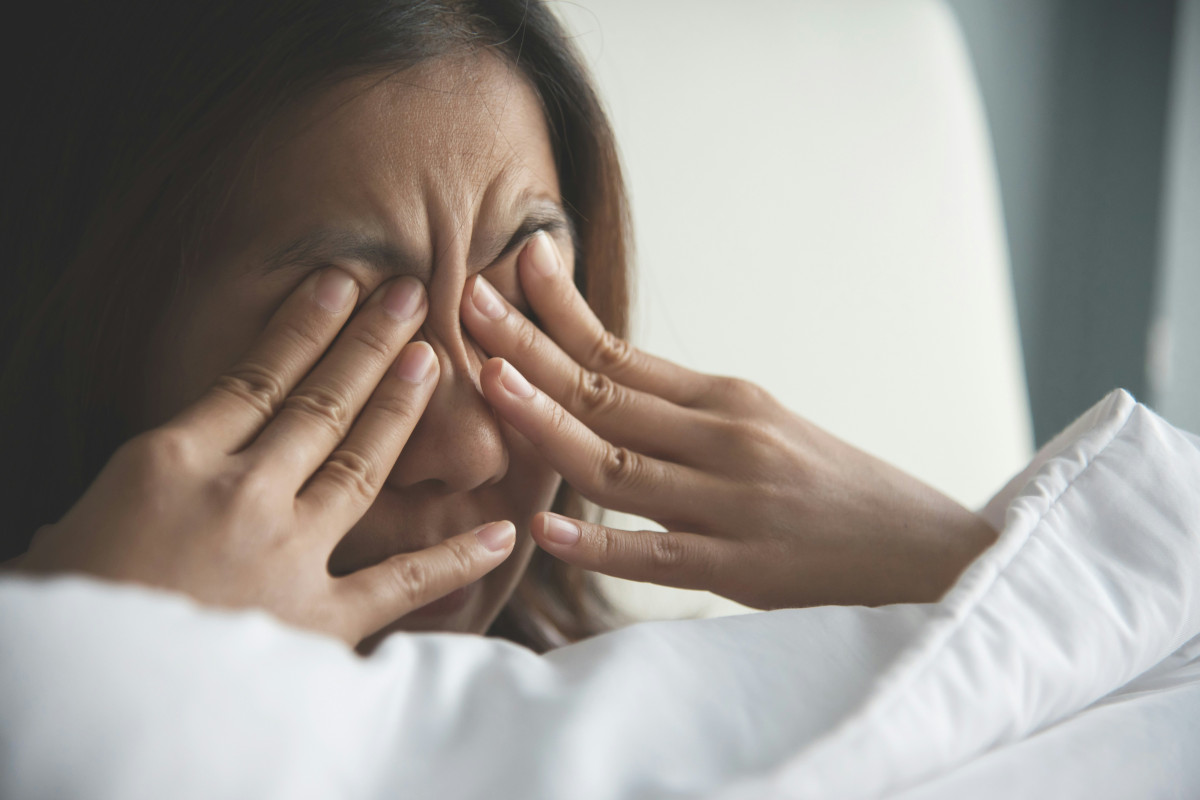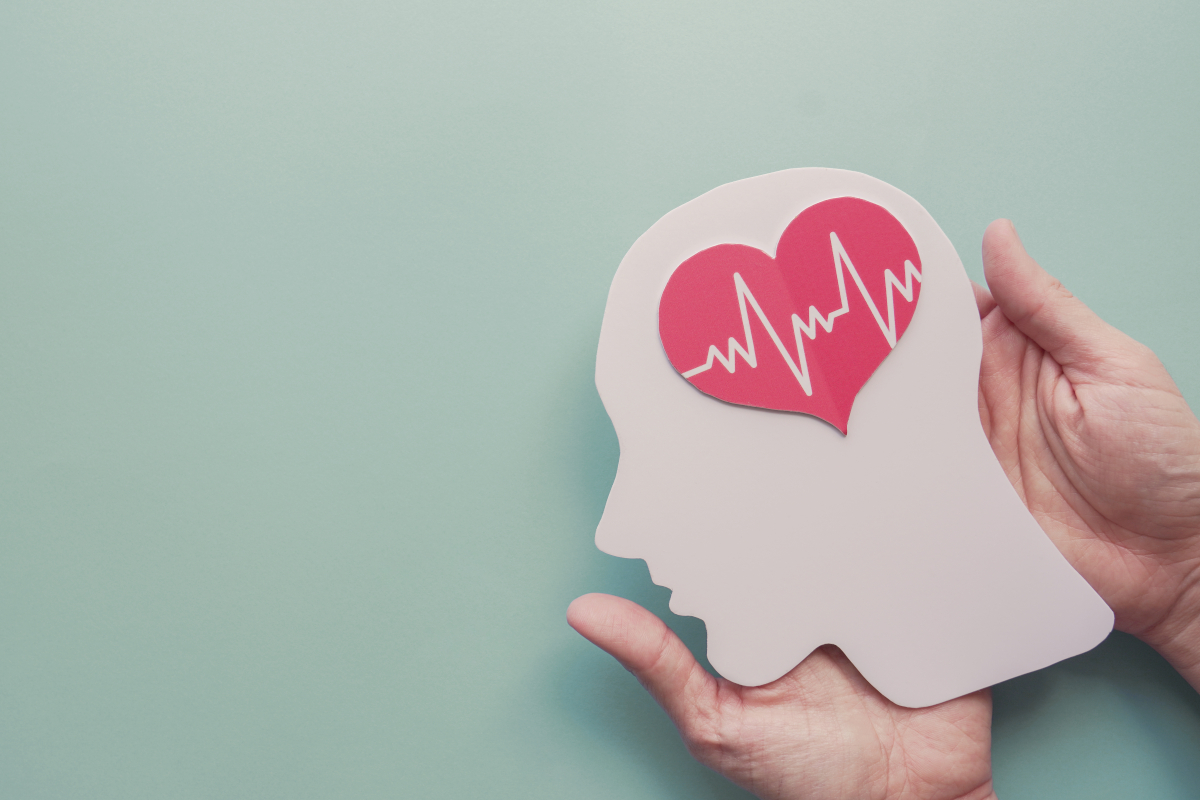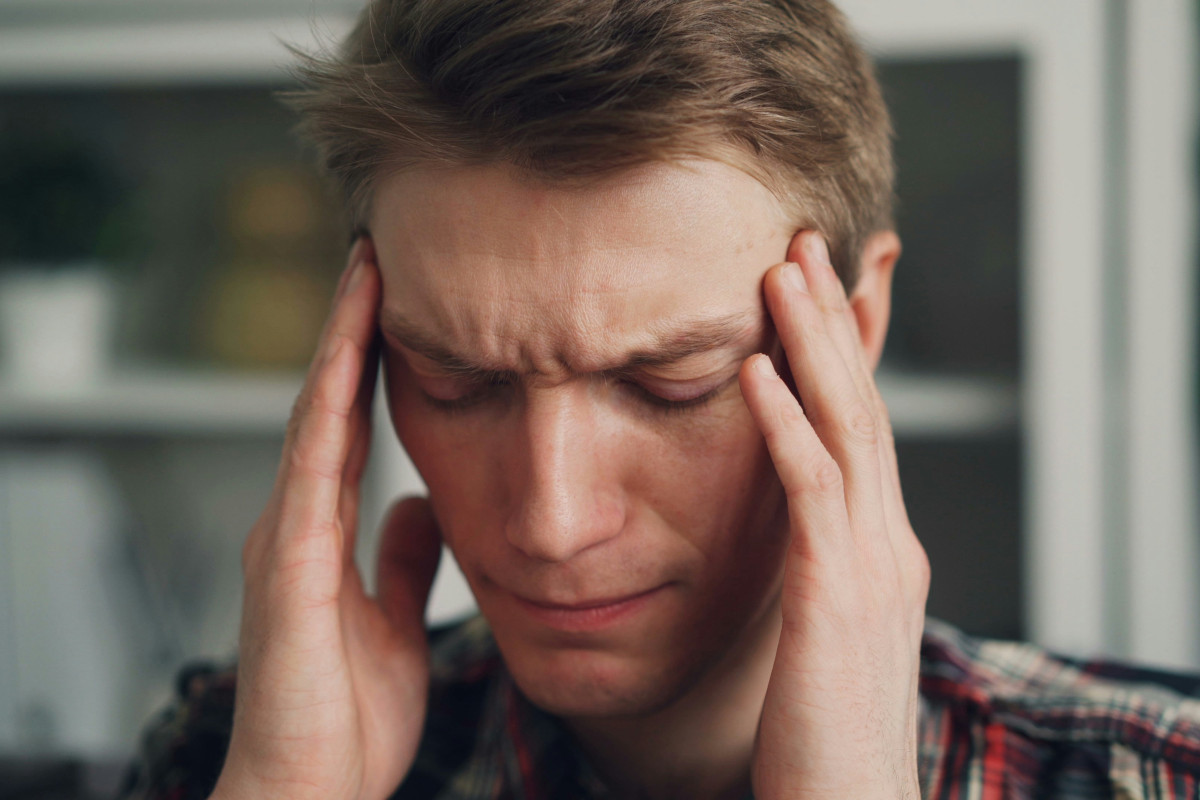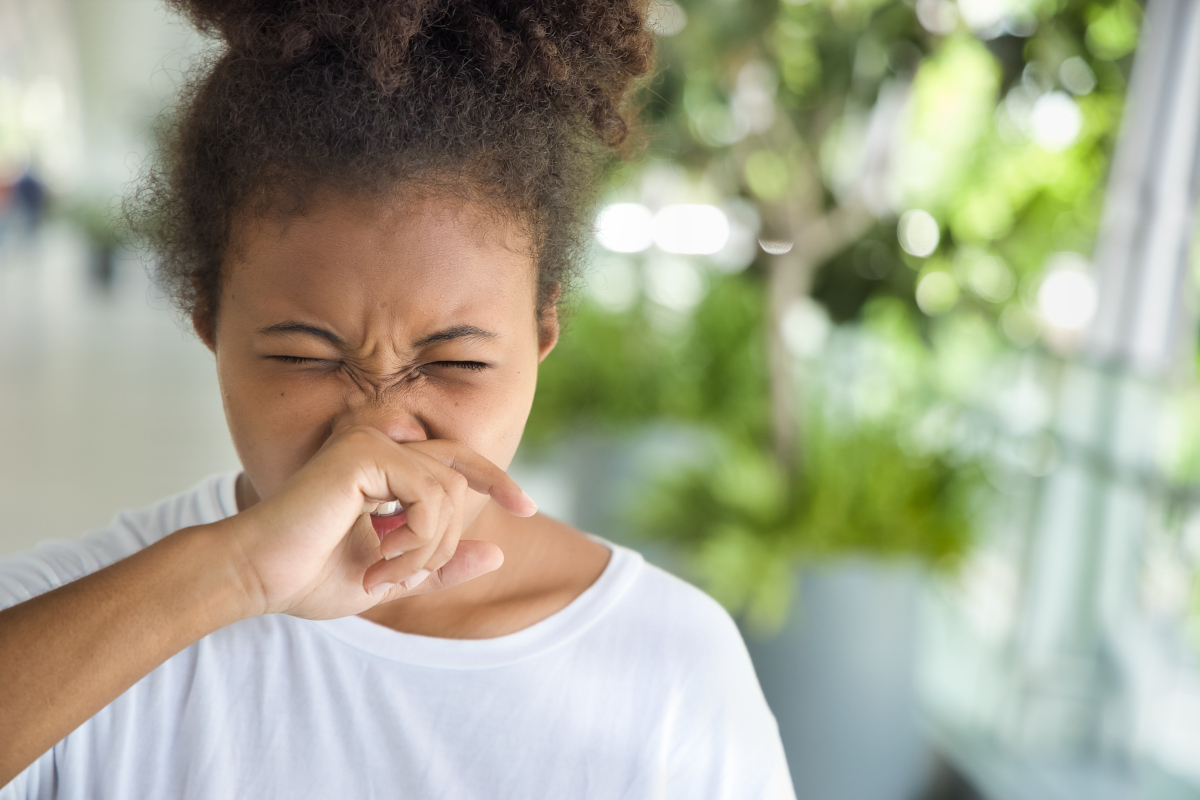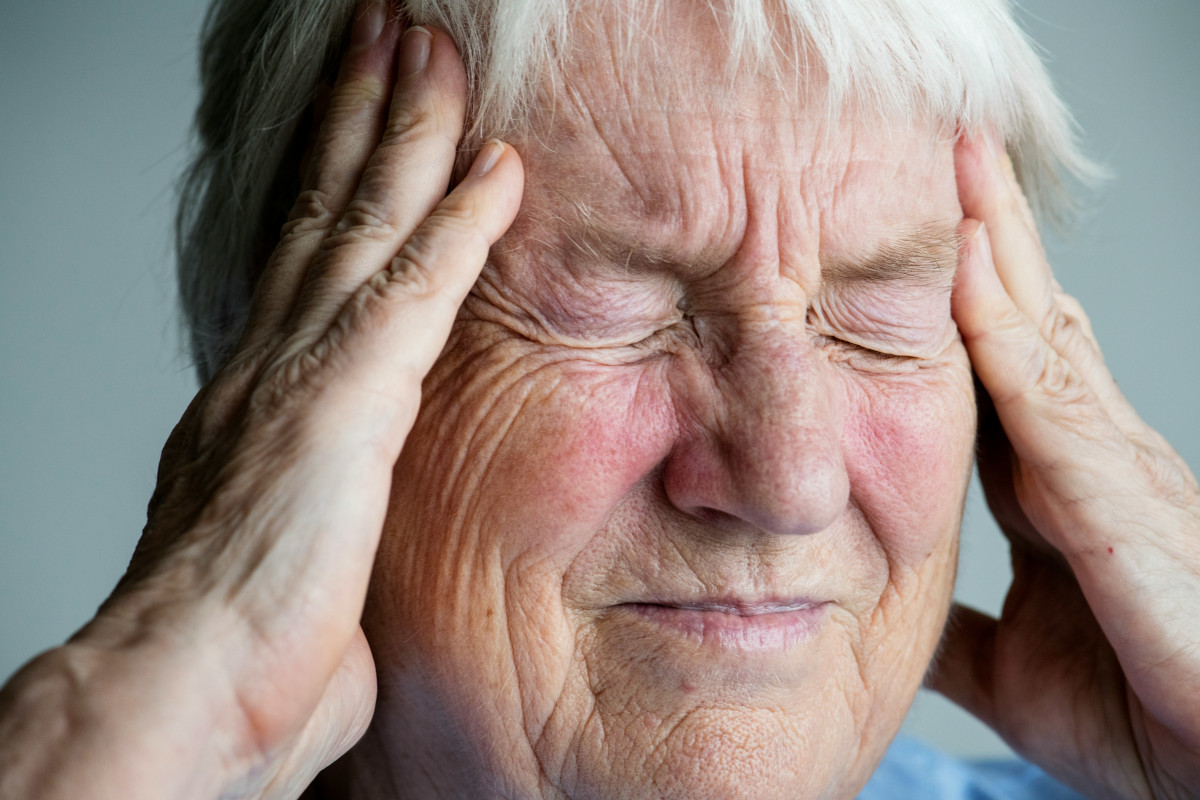5. Headaches from Covid face masks? What we know about them
Even though face masks continue to be an effective protective measure against the coronavirus, numerous studies prove that wearing them can also be accompanied by side effects which severely impair physical performance. Particularly for clinic or nursing staff, the wearing times for masks have greatly increased since the emergence of the COVID-19 pandemic. Against this backdrop, the current article will focus on the extent to which wearing protective masks can cause headaches.
The fact that wearing f ace masks can effectively prevent getting infected with the coronavirus is now adequately proven. Covid face masks therefore belong to the repertoire of measures we are adopting, for logical reasons, to contain the worldwide COVID-19 pandemic (the term “pandemic” comes from the ancient Greek words pan, ‘whole, complete, everything’ and dēmos, ‘people’ and describes a “temporally limited, severe worldwide spread of an infectious disease with high rates of illness”). The question of whether wearing a mask can also have health drawbacks has been discussed since the beginning of the worldwide wave of illness, which has now been going on for years. This article focuses on headaches and discusses the current state of knowledge on the extent to which wearing protective masks can cause headaches.
Research carried out in clinics and care facilities
Even though the requirement to wear masks has now been lifted in many areas of life, it is still by no means possible for all people to live their daily life free of masks. Several professional groups can only carry their work out safely if they are constantly wearing a Covid face mask. In part, they do this for many hours each day and while strongly physically exerting themselves. The consequences of this additional strain have been researched in detail. In particular, the focus was on hospitals and care facilities. Here, for related professional groups (medical staff including nursing), wearing a face mask was already mostly unavoidable before COVID-19. Since the emergence of the virus, the daily “wearing times” have greatly increased. This circumstance is not without consequence for many employees.
Reduced performance for all participants
As a general side effect of wearing a protective mask, we must first mention the decline in physical performance. This is also the case for completely healthy people who are working in hospital nursing services or care homes. The possible extent of the negative impacts and how they come about has now been examined by a study at the Leipzig University Clinic. The participants either wore no mask, a light surgical mask, or the “FFP2”-certified version. All of them underwent various tests on important bodily functions such as cardiovascular, respiratory, and metabolic functions.
This showed that performance was considerably reduced by wearing a mask, particularly with regard to the cardiovascular system and respiration, regardless of the type of mask. Breathing was particularly affected. Respiratory volume was reduced as well as the speed of inhalation and exhalation. People wearing masks could also only develop a reduced amount of strength. Moreover, the participants stated that they felt their wellbeing was negatively impacted. According to the scientists, these findings confirm the limitation in performance through permanent mask wearing, as outlined by many professionals.
Headaches from masks
The reduced supply of oxygen may well also be the main reason for a further problem that occurs for many people who are professionally required to wear a mask: headaches. As one of the main consumers of oxygen, our brain is very sensitive to a reduced supply. This explains why many nursing staff are suffering more from headaches due to difficulty breathing. Wearing a mask disrupts gas exchange; too much carbon dioxide, which should in fact be exhaled, remains in the body or builds up under the mask. The following breath brings in what you should in fact be avoiding: “bad” air, i.e., air which contains too little oxygen. In this way, oxygen levels in the blood can be 20% lower than when you breathe freely. If this persists, your brain will increasingly respond with headaches, difficulty concentrating, or forgetfulness.
Besides the study from Leipzig, there are a number of further studies with comparable results. The review paper by an Austrian research group summarises several important findings. It shows clear points of consensus regarding the consequences of mask usage for people working in nursing.
For example, research groups from Italy, Portugal, Singapore, Austria, or Turkey report that many employees with no previous headache symptoms started to newly experience headaches for the first time during compulsory mask wearing in lockdown. For employees with pre-existing headaches, the symptoms worsened by around a third. Overall, there was a sharp increase in the number of headache days among all nursing staff. The symptoms frequently appeared within 60 minutes of putting on the protective equipment and had already disappeared within 30 minutes of taking it off for most affected people.
For migraine, a worsening of the attack frequency, duration, and pain intensity during compulsory mask wearing has been described for almost 60% of affected people. The consumption of painkillers increased to the same extent. Clearly, people with migraine suffer particularly severely from worsened symptoms due to protective equipment in the workplace.
Can we actively prevent this?
Let us return to the scientists from Leipzig. They believe that we can definitely draw conclusions about working life from their results. People who wear a mask during strenuous activities must absolutely take more breaks than has hitherto been common practice in many areas. This time off without a mask, ideally while getting fresh air and taking deliberate, deep breaths, can supply the blood with oxygen again. Moreover, tense muscles can be loosened up through movement exercises and made fit for further use. Particularly for the cold season, effective ventilation plans should also be developed.
Everywhere where we cannot or do not wish to refrain from wearing a mask, this measure should be accompanied by compensatory concepts such as regular “breathing breaks”. In addition, a further guideline arises from the overall situation around the coronavirus: all of us are obliged to take the precautionary measures seriously so that, beyond the already enormous burden, nursing staff are not impacted even more.

